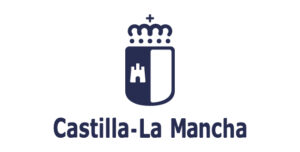Explore
Madrid
Become an Auxiliar de Conversación in the Community of Madrid
Teach English in Madrid and Live the ConversaSpain Experience!
The Community of Madrid is located right in the center of Spain and is home to its capital city. It is well connected to other regions of Spain and cities in Europe, so traveling from there is affordable and easy. Madrid offers a wide range of entertainment options: delicious gastronomy, breathtaking architecture, historic monuments, vibrant nightlife…
And let’s not forget about the beautiful villages spread within the Community of Madrid, where you can enjoy nature and fresh air surrounded by friendly madrileños. Every year, Madrid hosts thousands of people interested in language tourism. In fact, the region of Madrid is part of the Camino de la Lengua Castellana (Route of the Castilian Language), which encourages visitors to discover the origin of castellano (Spanish).
Community of Madrid
-
16 teaching hours per week
-
3-day weekends
-
€1,000 monthly stipend (tax-free)
-
Health coverage included
-
Nursery, primary, and secondary schools
-
Placements in the capital city, its outskirts, towns and villages (pueblos)
-
9 months (Oct-Jun) or 6 months (Jan-Jun)
-
Paid school holidays (Christmas, Easter, and local festivities), except for the summer period
-
In-person orientation day where you will meet other Auxiliares de Conversación
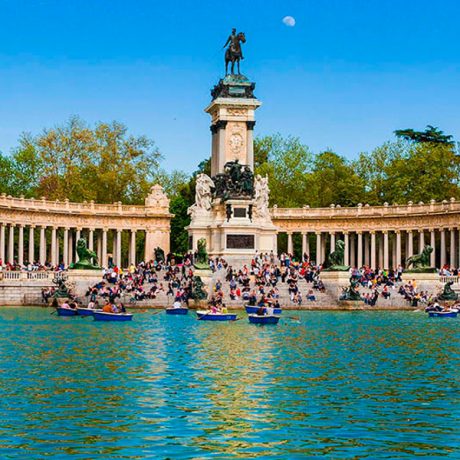
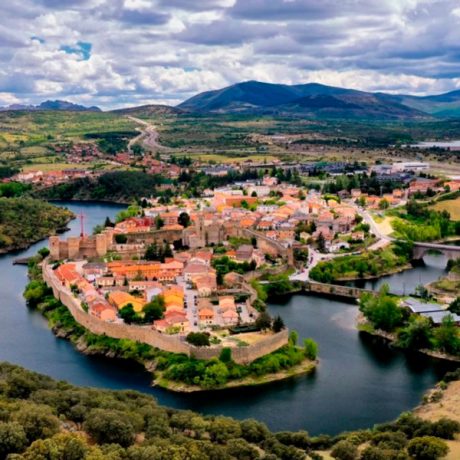

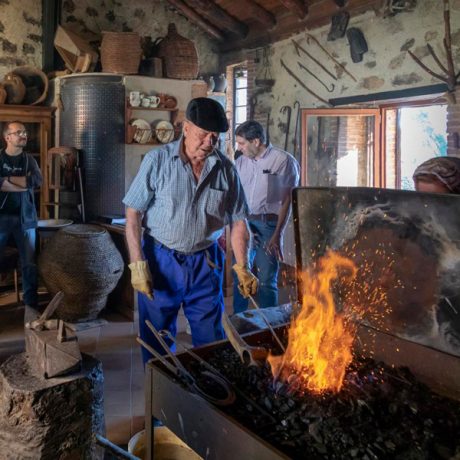
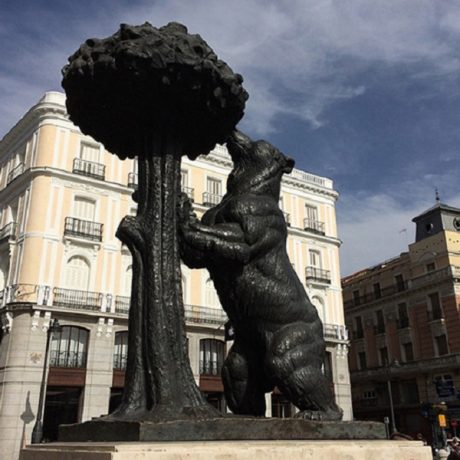
Requirements to Teach English in Madrid with ConversaSpain
- Be a native-level English speaker from Australia, Canada, Fiji, Malta, New Zealand, the Republic of Ireland, Solomon Islands, South Africa, Tonga, the United Kingdom, the United States of America, and Vanuatu, or hold a C2 English certificate (CEFR) or equivalent if you are from Austria, Belgium, Bulgaria, Denmark, Finland, Germany, Hungary, Luxembourg, Norway, the Netherlands, the Philippines, Singapore, Sweden, or Switzerland.
- Hold a university/college degree (e.g.: Bachelor, Master, NQF7, Associate’s, or equivalent) in any subject, or be enrolled, at least, in the second year of your university degree.
- Be aged up to 59 by the 1st of January 2025.
- Have a clean background check.
- Speaking Spanish is NOT a requirement.
Choose Your ConversaSpain Experience!
Practical Information for an Auxiliar de Conversación in Madrid

Cost of Living in Madrid
Participants who teach English in Madrid receive €1,000 per month, which is enough to live as a young professional in the region. Salaries in Spain are much lower than those in the USA, Canada, the UK, or Australia, for example. According to Numbeo, the world’s largest database made up of user-contributed data, the cost of living in Spain is 36% lower than in the US, and rent in Spain is 58% lower than in the US.
Here are a few prices from Numbeo to get a general idea:
- Litre of milk = €0.94
- Box of 12 large eggs = €2.35
- Ticket to the movies = €8.00
- A coffee = €1.79
- Meal, inexpensive restaurant = €12
- Gym membership for one month = €38
- Monthly pass for public transport in Madrid = €54
- Basic utilities (electricity, heating, cooling, water, garbage) = €128
Finding Accommodation in Madrid
In order to find accommodation in Madrid, participants must go through an apartment-hunting process which may take some time and effort. However, there are affordable rooms to rent in shared flats. When looking for housing, it is important to understand the difference between a room or habitación and an apartment or piso. It is not recommended to rent a whole flat considering the monthly stipend. It’s more realistic and socially favorable to share an apartment with students, young professionals, or fellow Auxiliares de Conversación. It is not a good idea to sign a permanent accommodation contract before visiting the area, and the school’s location. Furthermore, once at their school, participants may find that some other teachers are interested in sharing a flat. Our recommendation is to:- Book temporary accommodation online for the first few days or weeks teaching English in Madrid.
- Take a look at some suitable apartments or rooms for permanent accommodation before traveling and arrange some viewings in advance.
- Visit those apartments and check other opportunities in the school area once in Spain. Do not sign a contract until you see the place.
- Make a decision, move to a permanent accommodation, and start creating memories in your new home.

Where Can You Live the ConversaSpain Experience in Madrid?
Placements are managed by the Comunidad de Madrid (Regional Education Authority). The location of placements within the Community of Madrid is diverse:
From the vibrant capital city and its convenient outskirts to charming towns and villages (up to two hours away from the city) where people will receive you with a smile on their faces and open arms. In Madrid pueblos, you will have the opportunity to be closer to nature and breathe fresh air while still being close to the action!



